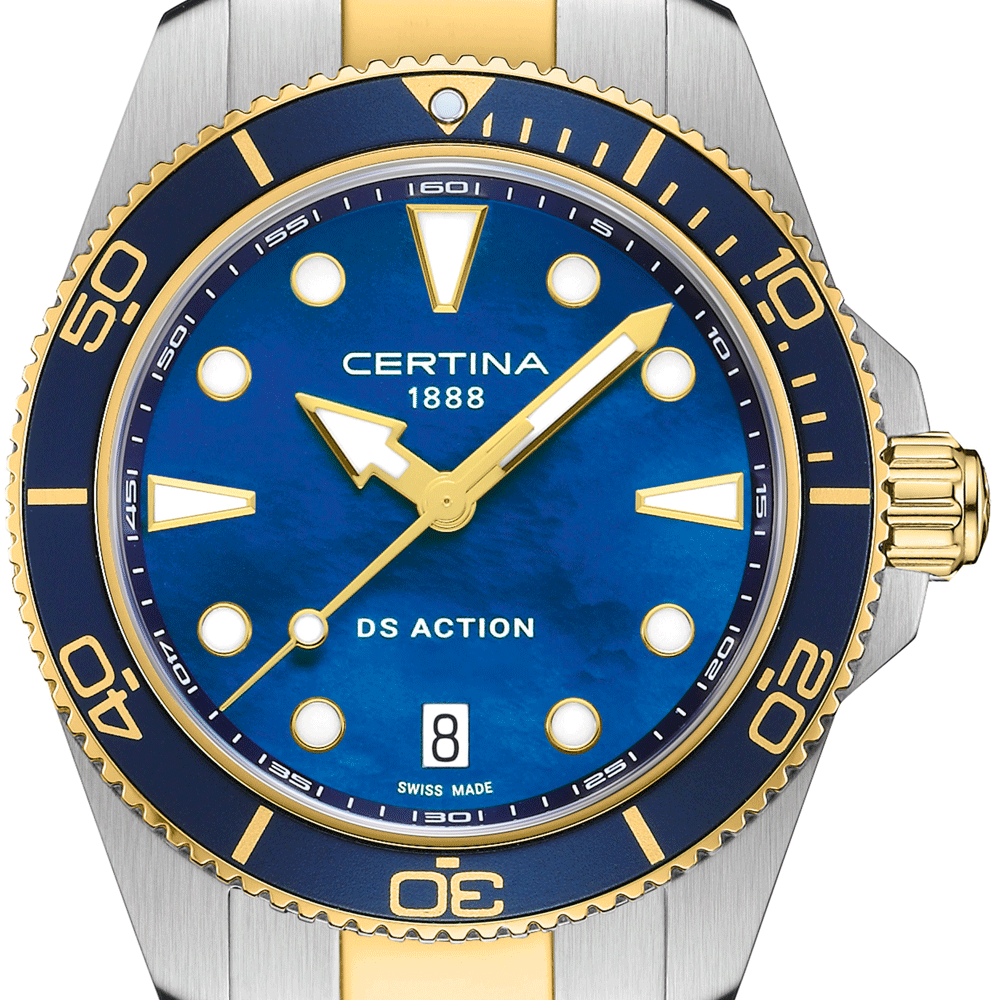Grand Seiko: ±20 seconds - per year!
Grand Seiko: ±20 seconds - per year!
The movements of automatic watches consist of many, sometimes tiny components that have to work together precisely to ensure the most accurate timekeeping possible. Mechanical automatic watches can deviate by up to ten seconds per day, but the normal rate deviation is between +/- 5 and +/- 3 seconds.
Per day, mind you. And now the Japanese manufacturer is presenting the calibre 9RB2 with a spring drive called U.F.A., heralding nothing less than a new era in the history of Grand Seiko.
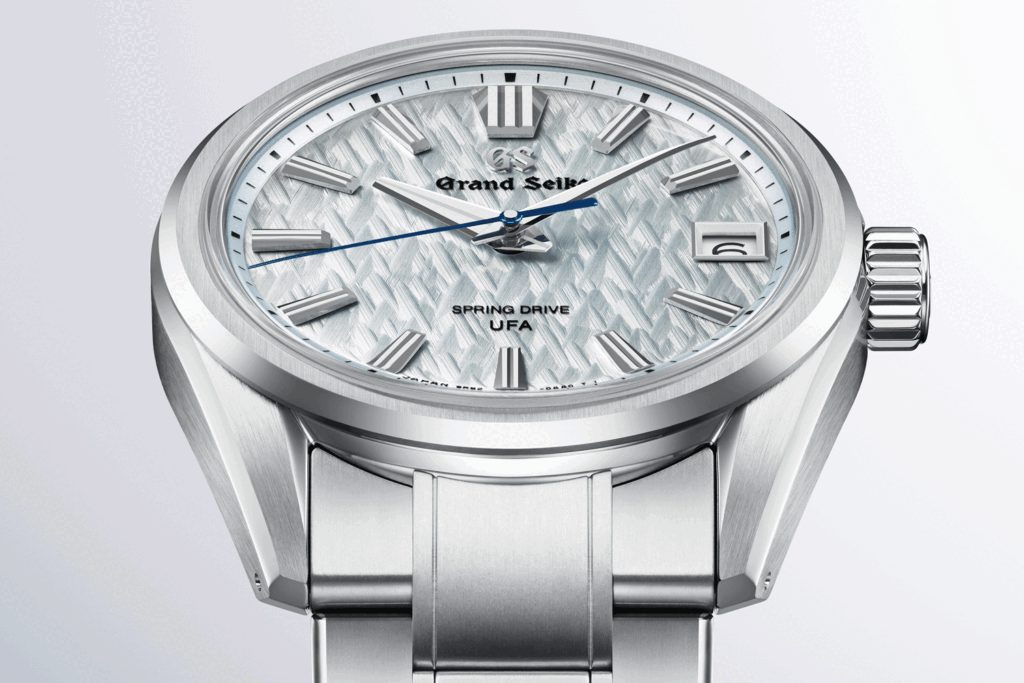
A Japanese history of precision
The pursuit of the highest precision has been the cornerstone of Grand Seiko's values since its first watch in 1960. Less than ten years after its foundation, the company introduced the mechanical V.F.A., which stands for "Very Fine Adjusted". At the time, its rate accuracy was an impressive ±1 minute per month.
The development of Spring Drive began in the late 1970s. The aim was to combine the energy of a traditional mainspring with the latest developments in the art of electronic watchmaking.
In 2004, Grand Seiko introduced the Spring-Drive calibre 9R65, which combined automatic winding and a power reserve of 72 hours with a movement technology that enables a monthly accuracy of ±15 seconds, setting a new standard for spring-driven movements.
Spring Drive and the Tri-Synchro regulation system
Spring Drive uses a gear controller that controls an integrated circuit, an electronic brake and a quartz oscillator.
Without a rate regulation mechanism to return the mainspring to the tensioned state, it would unwind quickly and the watch would come to an abrupt stop. In order to achieve precise timekeeping, a mechanism is required to control the rate when the spring is released.
The tri-synchro regulation system developed for Spring Drive fulfils this task.
As the name suggests, it uses three types of energy to regulate the moving parts and establish synchronisation:

Mechanical energy generated by the main spring.
Electrical energy: the electromagnetic pulse generated by the winding block regulates the speed of the sliding wheel and generates the electrical energy for the IC and the quartz crystal.
Electromagnetic energy to regulate the speed of the sliding wheel and the accuracy of the watch.
The harmonious interaction of these three forms of energy makes it possible to regulate the speed of the mainspring as it relaxes, thus enabling extremely precise time display.
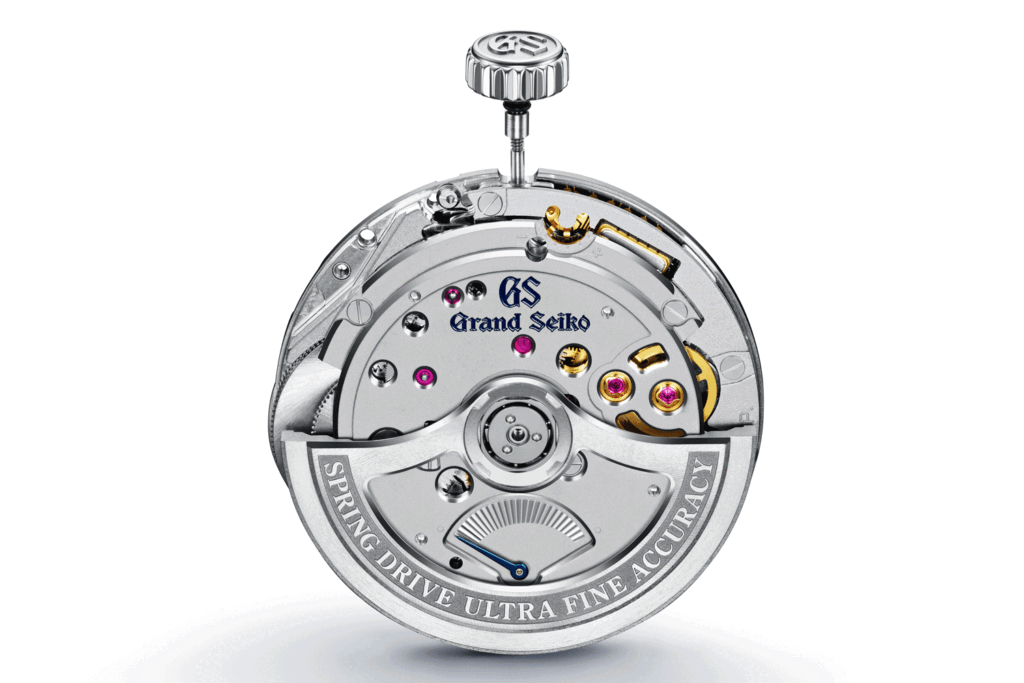
"Ultra Fine Accuracy"
Today, this watchmaking heritage reaches new heights with the announcement of the Spring Drive calibre 9RB2. It bears the new designation U.F.A., which stands for "Ultra Fine Accuracy". The movement is characterised by a precision that is not defined by the accuracy in seconds per day, week or month, but by the accuracy over a year. And that means ±20 seconds in 365 days.
This means that it outperforms pretty much every pure quartz watch - with the exception of the Grand Seiko models. This is because these achieve an annual rate of ±10 seconds. A conventional quartz movement has a rate accuracy of ± 10 to 30 seconds per month.
According to Grand Seiko's research, the "SLGB001" and "SLGB003" models in the "Evolution 9" collection, which are equipped with U.F.A. technology, are currently the world's most accurate wristwatches powered by a mainspring.
Thanks to the compact design of the movement, the new watches have a case diameter of just 37 millimetres. This also makes them the smallest models in the 9R series to date.
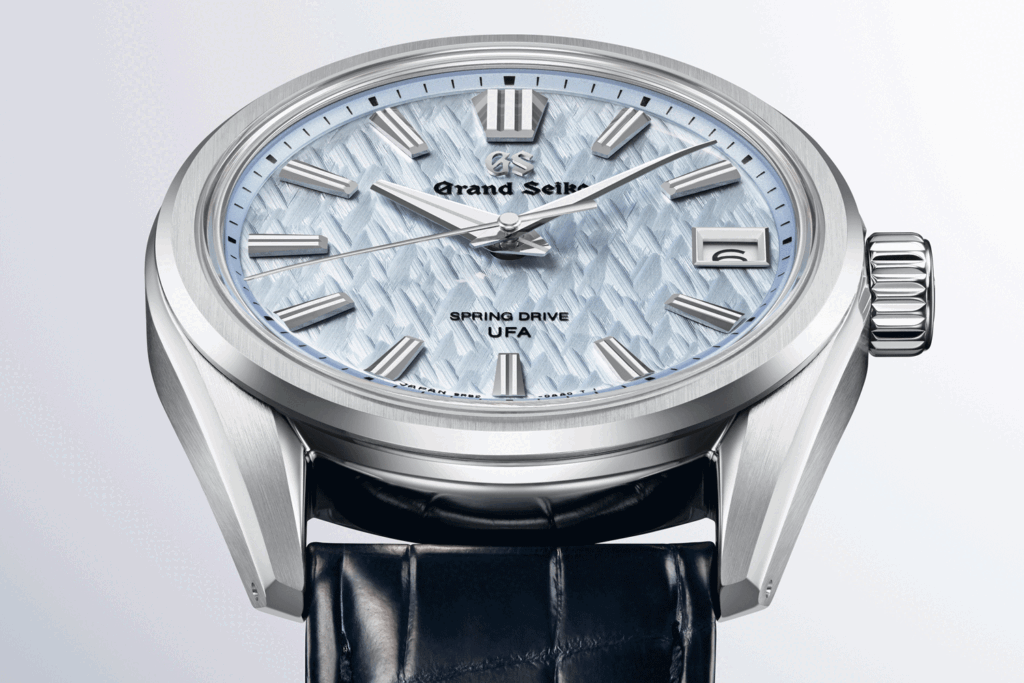
The new movement achieves its annual accuracy of ±20 seconds thanks to new and improved manufacturing and processing methods for the three-month-aged quartz oscillator and the integrated circuit.
And as with the Spring Drive movements in the 9RA series, the frequency of each individual crystal oscillator is measured at different temperatures, with the resultant data required for thermal compensation being programmed into the energy-saving integrated circuit.
Both the oscillator and the sensor are vacuum-sealed to minimise temperature differences and protect them from external influences such as moisture, static electricity and light. This ensures precise temperature adjustment and stable performance of the quartz oscillator.
In addition, for the first time at Spring Drive, the new movement has a regulating mechanism that can be used during servicing to correct deviations in rate accuracy that can occur during prolonged use. The finely finished calibre 9RB2 can be seen through the sapphire crystal case back.
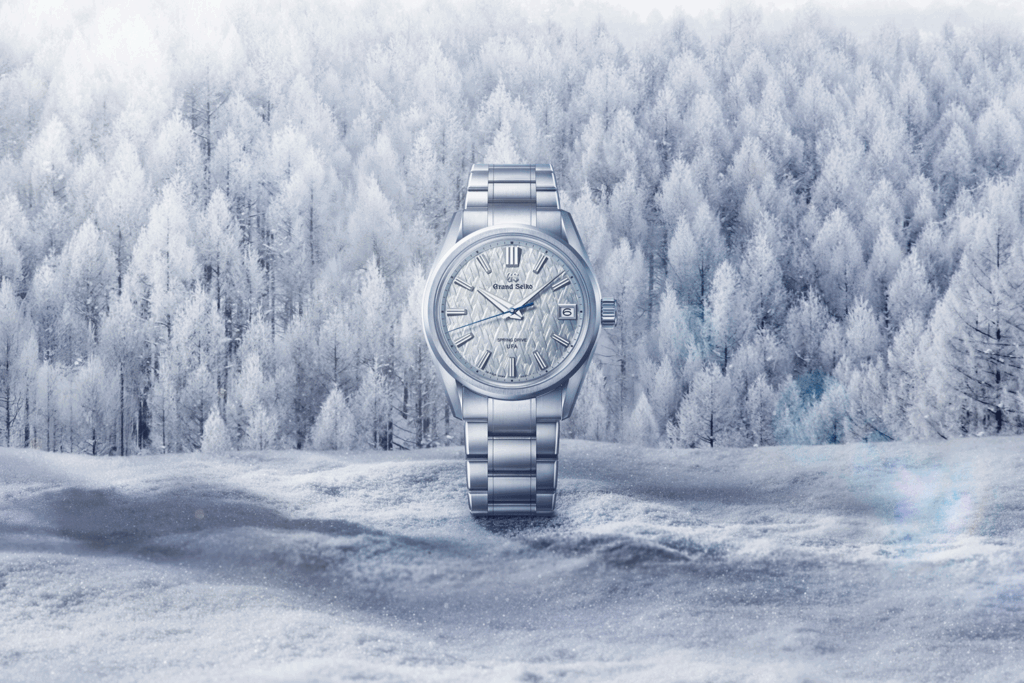
It is produced at Shinshu Watch Studios. To the east lies the Kirigamine highlands, where you can see trees covered in frost during the cold winter months.
This was the source of inspiration for the two dials, which shimmer silver blue in the titanium version and ice blue in the platinum version.
The case is characterised by Grand Seiko's signature Zaratsu polish, which provides a distortion-free, mirror-like surface that alternates with a brushed finish to create a harmonious shine.
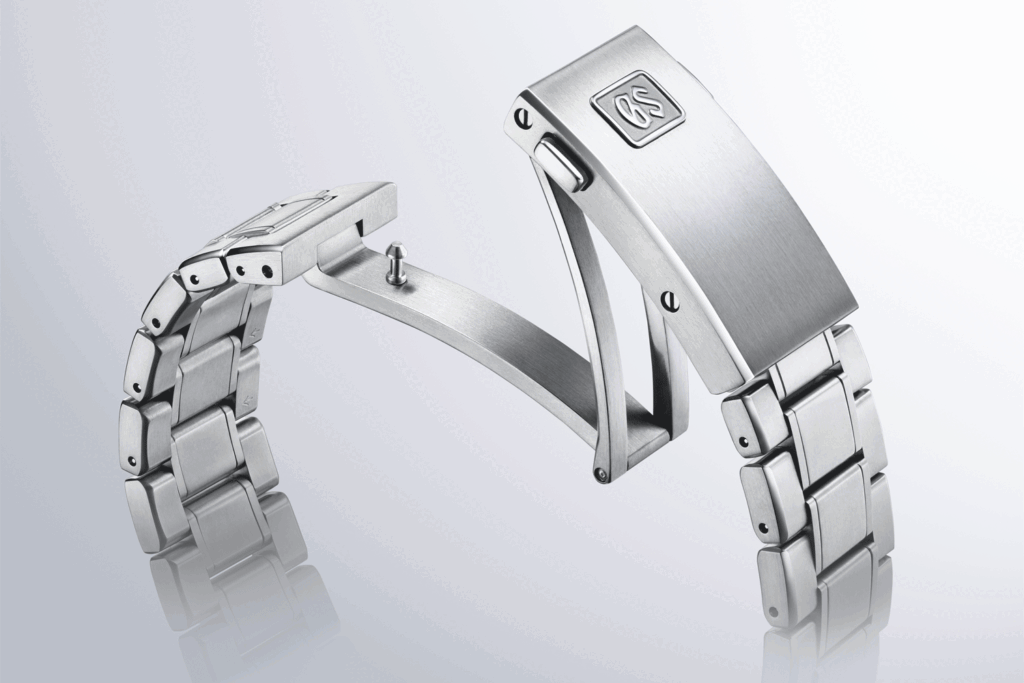
The platinum U.F.A with crocodile leather strap is limited to 80 pieces and is only available in Grand Seiko boutiques. The RRP is €42,000. The titanium version is secured with a titanium bracelet with micro-adjustment option, the RRP is €12,000.






